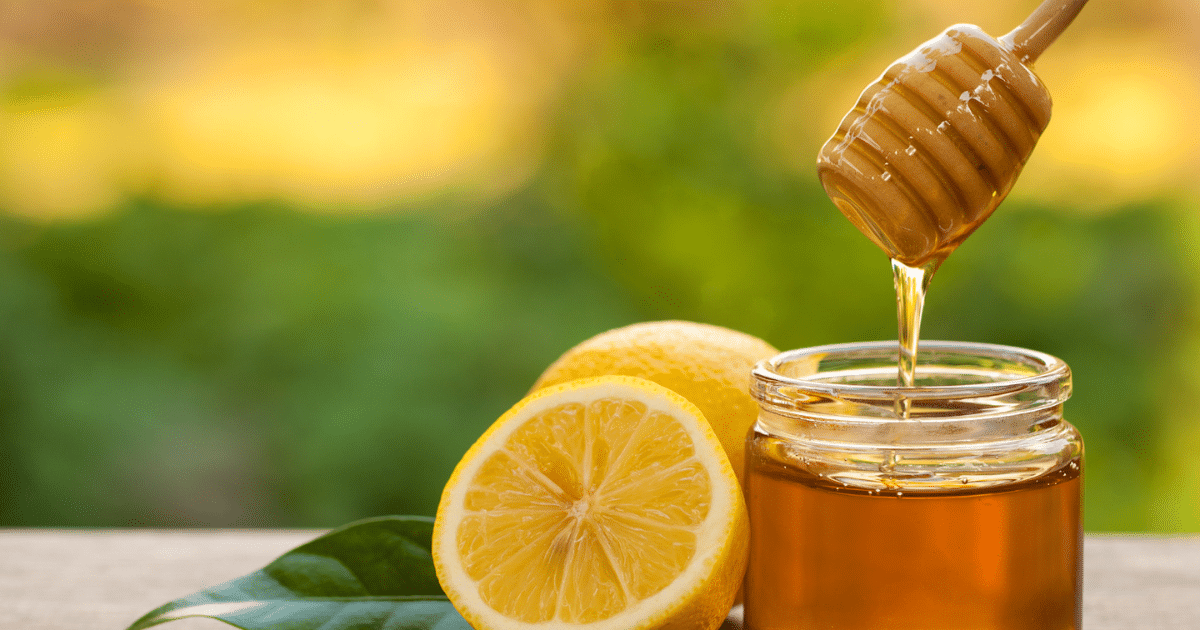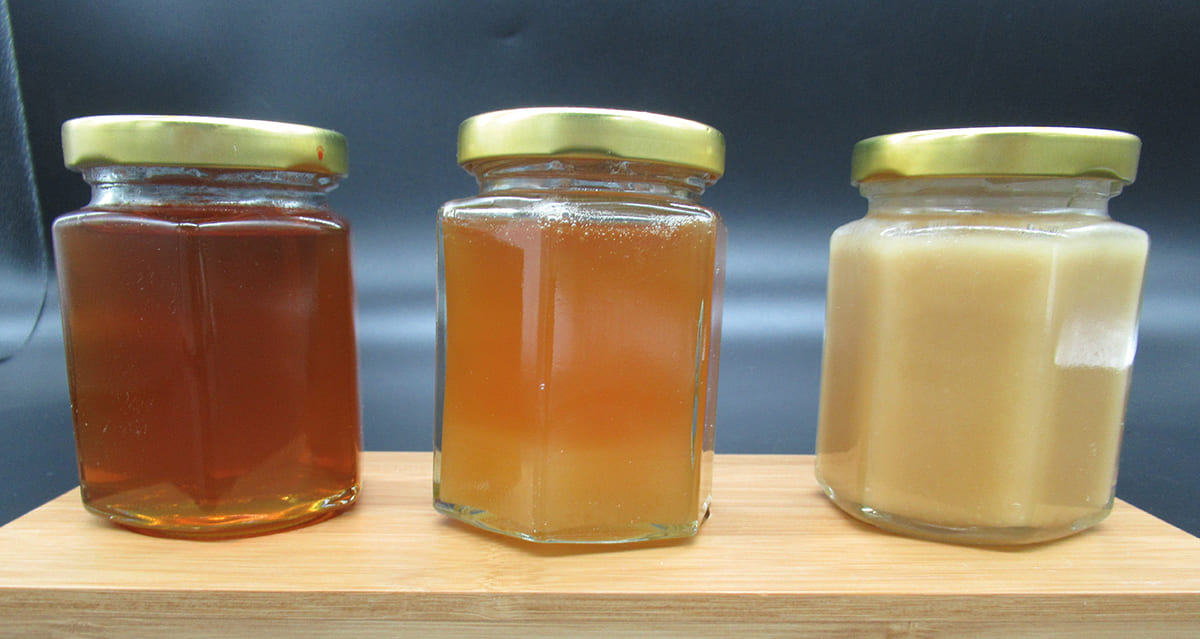How to Pick a Honey Free of Antibiotic Residues
1. Checking the Test Report
- Third-party Testing and Certification: Reputable brands or manufacturers will provide third-party test reports (such as those from SGS, Intertek, etc.) for their honey. These reports should clearly indicate the test results for antibiotic residues (such as tetracyclines, sulfonamides, chloramphenicol, etc.), ensuring compliance with national or international standards (such as those of the European Union or the United States).
National Standards: In China, the antibiotic residues in honey must comply with the National Food Safety Standard Maximum Residue Limits for Veterinary Drugs in Foods (GB 31650-2019). You can request proof of compliance with this standard from the seller.

- 2. Choosing Organically Certified Honey
Organically Certified Label: The production process of organically certified honey prohibits the use of antibiotics and chemically synthesized drugs (such as EU Organic Certification, USDA Organic Certification in the United States, and China Organic Certification). When purchasing, look for the organically certified label on the packaging.
Production Standards: Organic beekeeping emphasizes prevention in hive health management and avoids the use of antibiotics. If bees become ill, isolation or natural remedies are typically used.
3. Paying Attention to the Origin and Bee Farm Environment
Clean Environment Areas: Choose honey from areas free from pollution and far from industrial zones and pesticide application areas. For instance, bee farms near remote mountains, forests, or organic farms are more likely to reduce the risk of bees coming into contact with antibiotics.
Imported Honey: Countries such as the European Union, New Zealand, and Canada have stricter regulations on antibiotic residues in honey, so they can be given priority (ensuring that they are imported through official channels is necessary).
4. Choosing Reputable Brands and Channels
Well-known Brands: Opt for brands with a good reputation and a long history (such as Comvita, Langnese, and Baihua), as these brands typically have strict quality control processes in place.
Official Purchase Channels: Purchase through large supermarkets, organic food specialty stores, or brand-official flagship stores to avoid buying low-priced honey from street vendors or unverified online stores.
5. Reading the Product Label
Ingredients List: The ingredient list for pure honey should only include "honey" or "natural honey". If it contains syrup, additives, etc., the quality may be poor, and the risk of antibiotic residues may also be higher.
Production Information: Check the production date, shelf life, manufacturer's name, and address to avoid products without any of these details.
6. Beware of Low-Price Traps
The production costs of honey are relatively high (such as beehive management, honey harvesting cycles, etc.). If the price is far below the market price, it may indicate adulterated or substandard quality control products, with a higher risk of antibiotic residues.
7. Paying Attention to the Natural Characteristics of Honey
Although antibiotic residues cannot be judged by sensory perception, natural honey typically exhibits these characteristics:
Aroma: It has a faint floral fragrance and lacks a sour or spoiled odor.
Viscosity: It is prone to crystallization at low temperatures (except for a few types like acacia honey), with a uniform texture.
Solubility: When stirred, it will produce tiny bubbles and become slightly turbid when dissolved in warm water.

Common Types of Antibiotic Residues
Tetracyclines (such as oxytetracycline), sulfonamides, chloramphenicol, and nitroimidazoles are among the drugs that may be present as residues due to the treatment of bee diseases.
Summary
When purchasing honey free from antibiotic residues, it is necessary to make a comprehensive judgment based on testing reports, certification labels, brand reputation, and purchase channels. Giving priority to organically certified products and purchasing through official channels can significantly reduce risks. If extremely high safety standards are required, consumers can opt for self-testing or choose honey brands with international authoritative certifications.
Post time: Feb-20-2025

